

Egypt
Mystic. Royal. Vast.
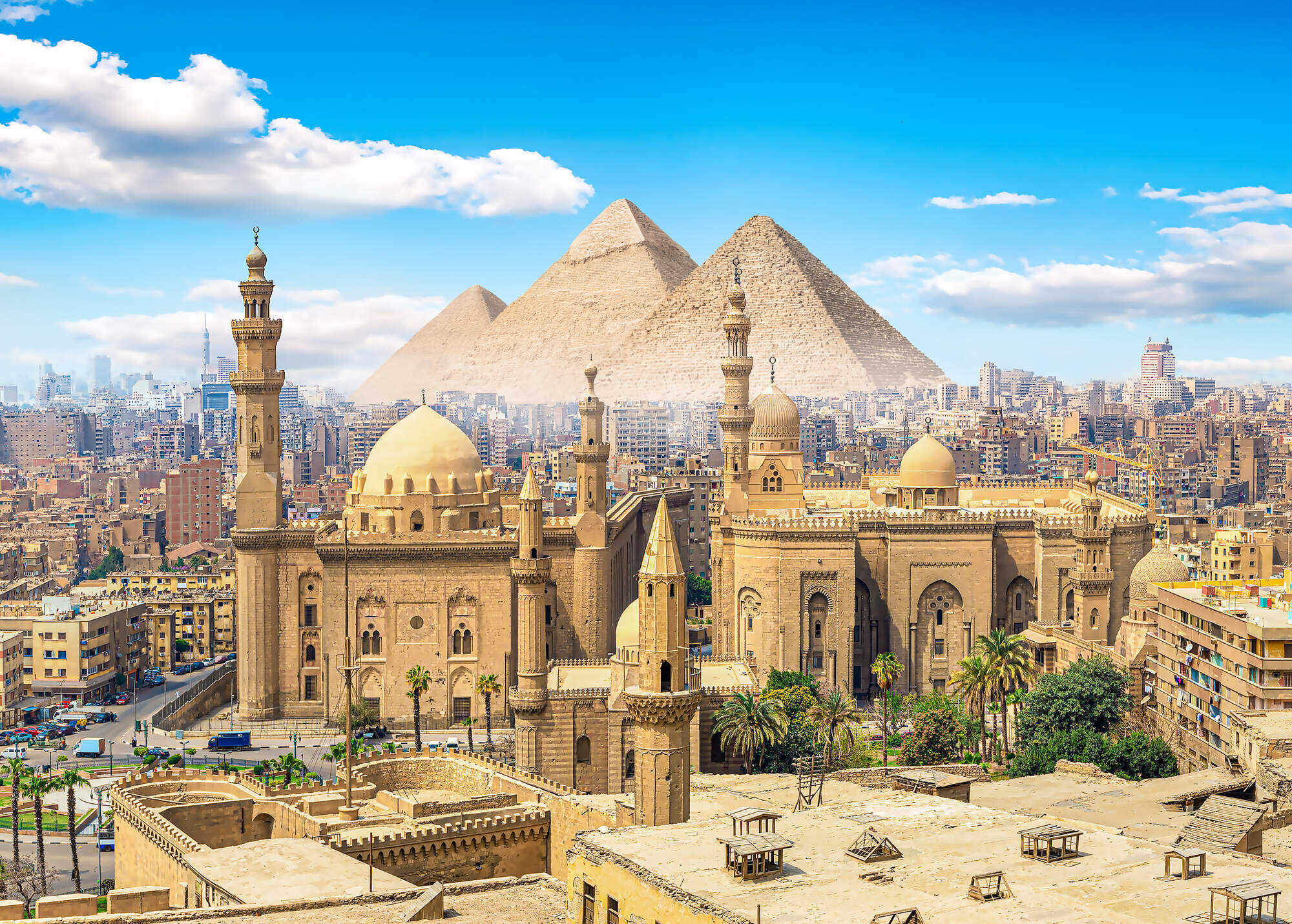
CAIRO
Cairo, meaning ‘The Victorious City’ in Arabic, is the well-known capital of Egypt and one of the largest cities on the continent of Africa. Cairo has stood for more than 1,000 years on the same site on the banks of the Nile, primarily on the eastern shore but ever expanding across the river to the west, some 500 miles downstream from the Aswan High Dam. Located in the northeast of the country, Cairo is the gateway to the Nile delta, where the lower Nile separates into the Rosetta and Damietta branches before emptying into the Mediterranean Sea. Cairo is a place of physical contrast. Along the well-irrigated shoreline, lush vegetation shares the landscape with modern buildings and skyscrapers. In the older inland quarters to the east, however, beneath the foothills of the Eastern Desert and the rocky promontories of the Muqaṭṭam Hills and the Al-Jabal al-Aḥmar browns and ochres are the dominant hues of land and buildings.
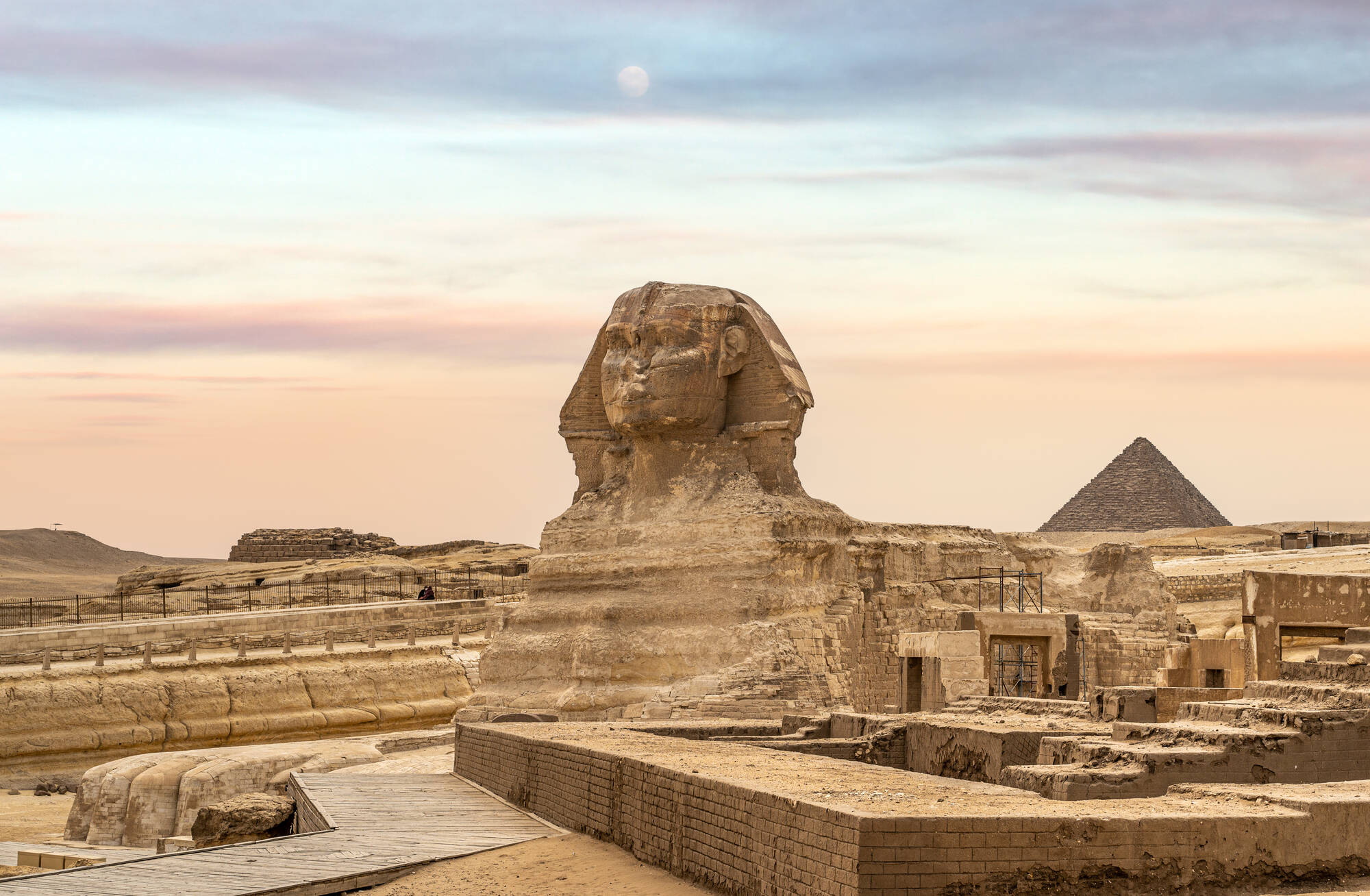
PYRAMIDS OF GIZA, GIZA
Today, sitting on the desert edge of Cairo's sprawl, these megalithic memorials to dead pharaohs are still as wondrous a sight as they ever were and an undeniable highlight of any Egypt trip.
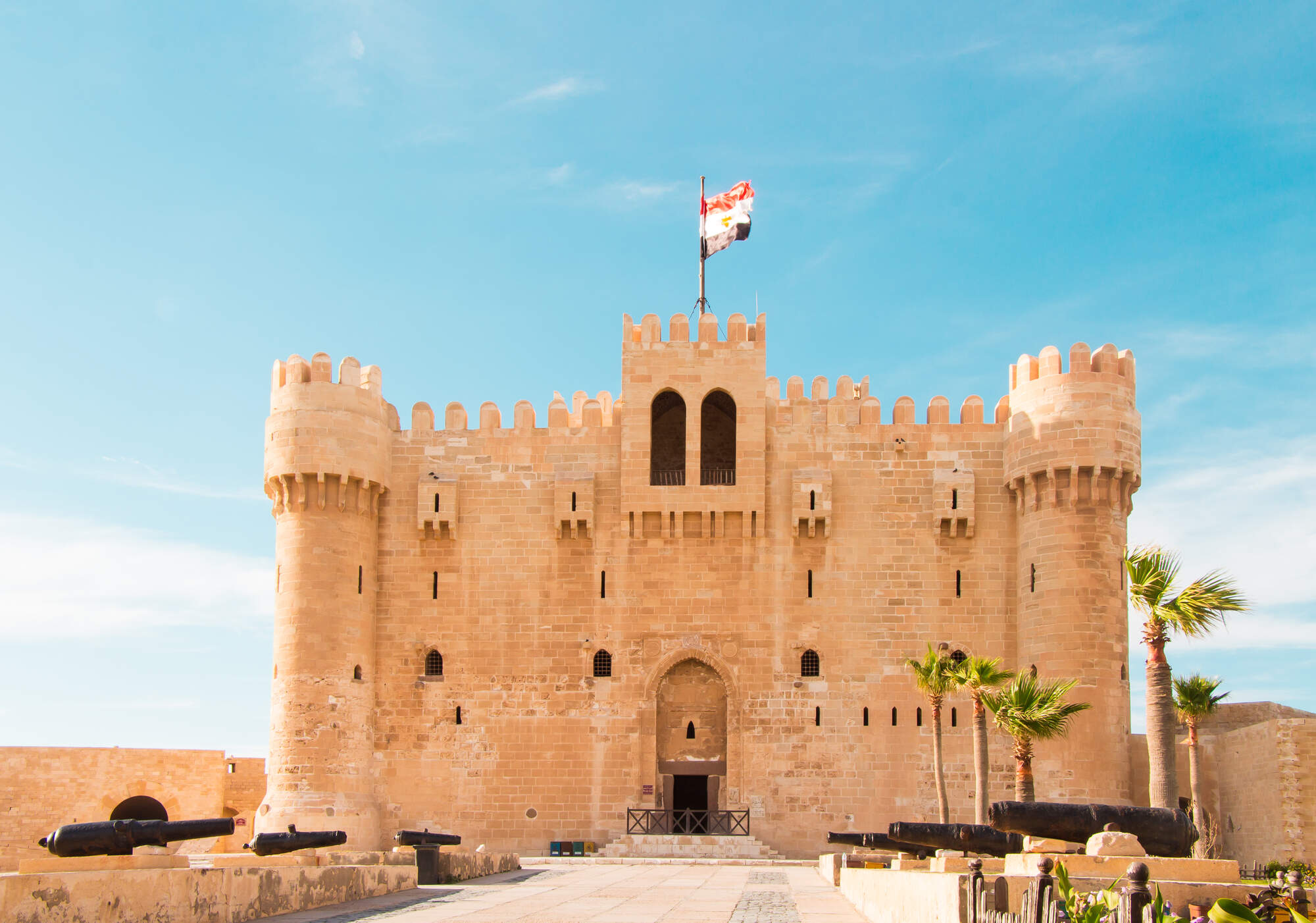
ALEXANDRIA
Alexandria has a history that not many others can match. Founded by Alexander the Great, home of Cleopatra, and razzmatazz renegade city of the Mediterranean for much of its life, this seafront city has an appealing days-gone-by atmosphere that can't be beaten. Although today, there are few historic remnants of its illustrious past left to see, Alexandria's long seafront Corniche Road leading to its fort (sitting on the site where its famous ancient lighthouse once sat) remains a favorite summer destination to capture cooling sea breezes for Egyptians and foreign visitors alike.
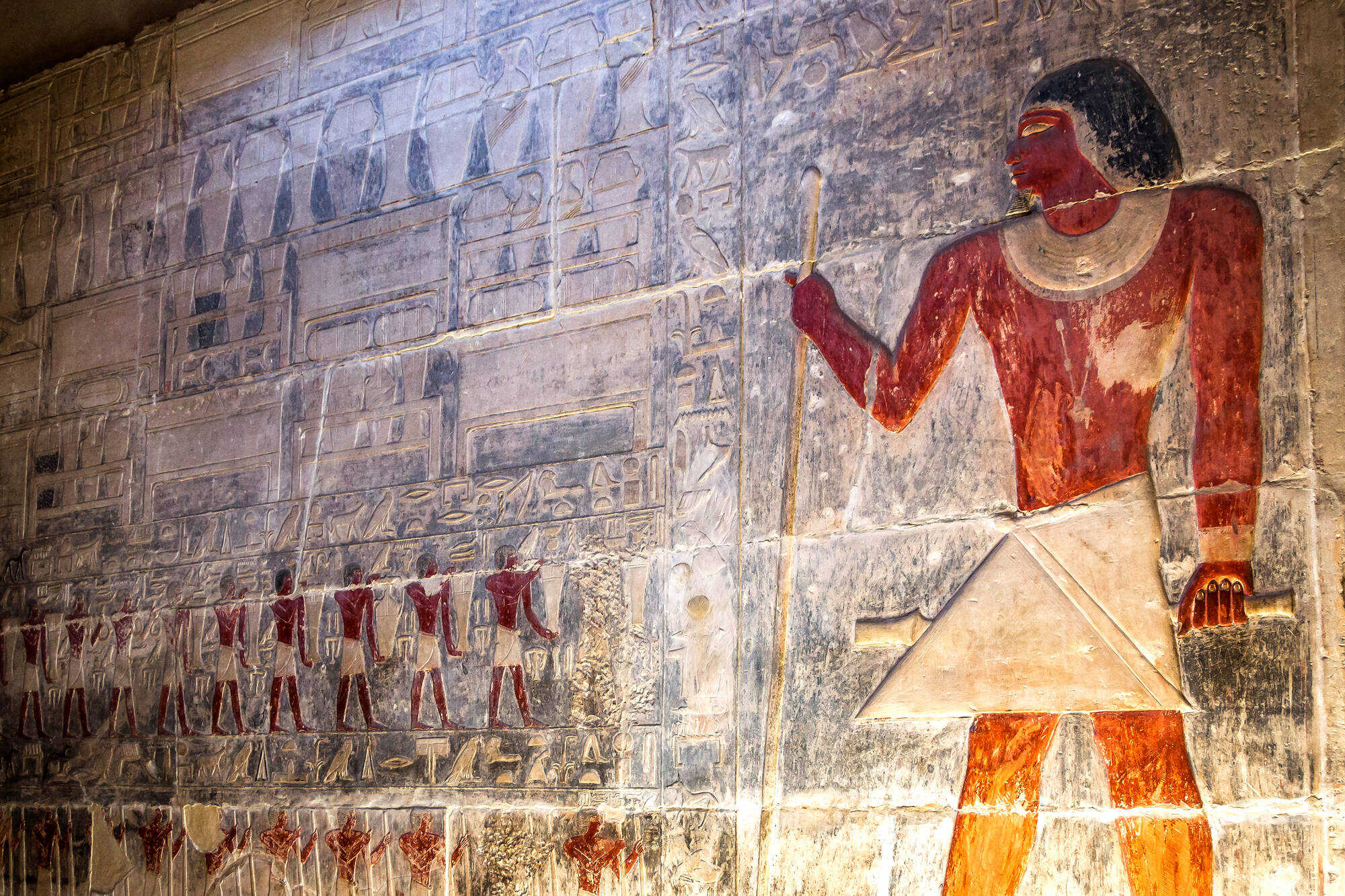
SAQQARA
Everyone's heard of Giza's Pyramids, but they're not the only pyramids Egypt has up its sleeve. Day-tripping distance from Cairo, Saqqara is a vast necropolis of tombs and pyramids that was utilized during every era of pharaonic rule. It's best known for its Old Kingdom Step Pyramid, which shows how the architects of Ancient Egypt advanced their engineering knowledge to finally create a true pyramid shape. There's much more to see beyond the Step Pyramid, though, with some of the surrounding tombs, such as the Mastaba of Ti, showcasing some of the finest tomb paintings you'll see in the country. Nearby, the pyramid site of Dahshur is home to the Red Pyramid and Bent Pyramid, which should be included on any Saqqara visit.
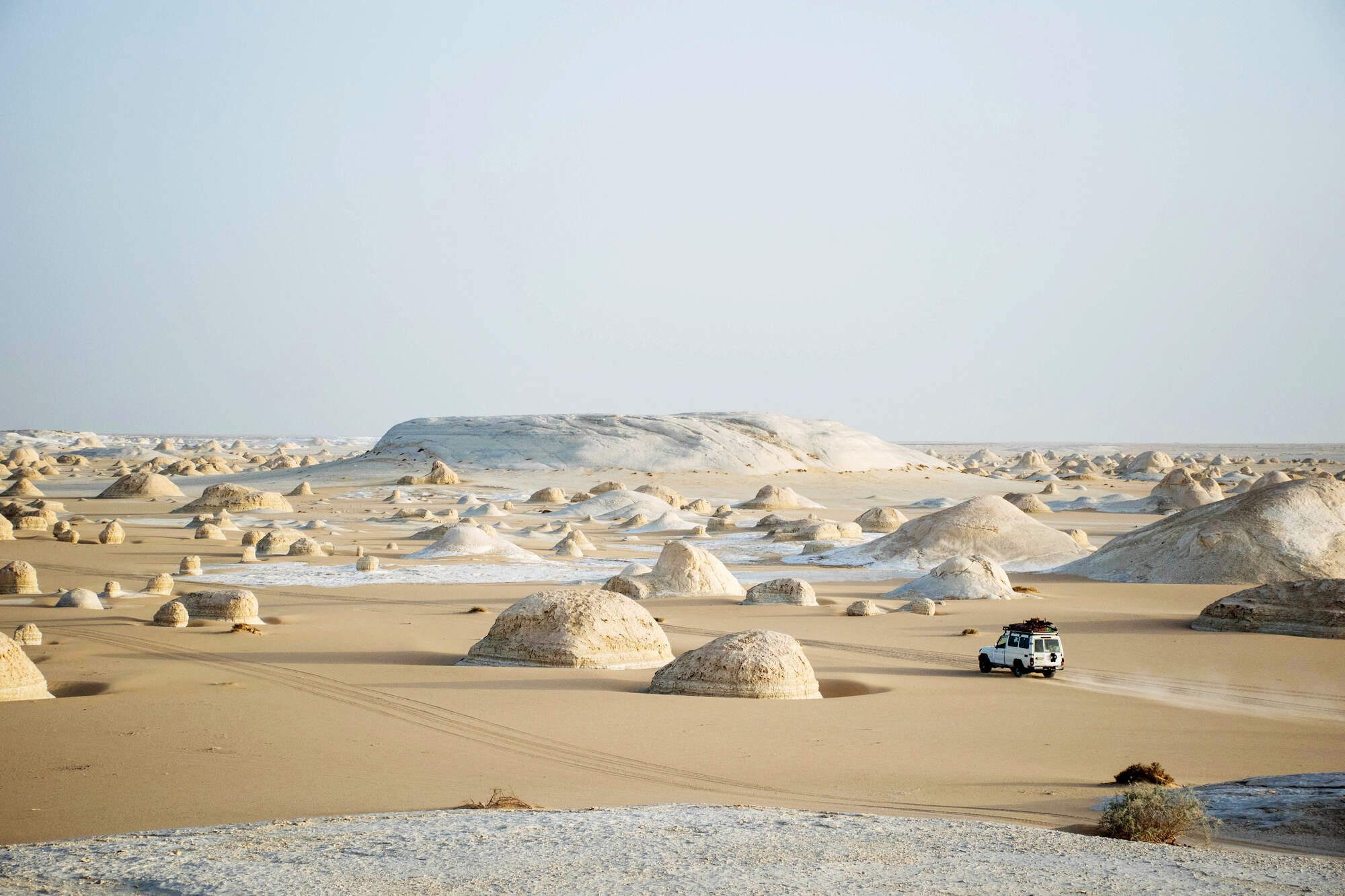
WHITE DESERT NATIONAL PARK
One of Egypt's most dramatic natural wonders, the White Desert National Park is located out in the Western Desert, just south of Bahariya Oasis. Here, surreally shaped chalk pinnacles and huge boulders loom over the desert plateau, creating a scene that looks like icebergs have found themselves stranded amid a landscape of sand.
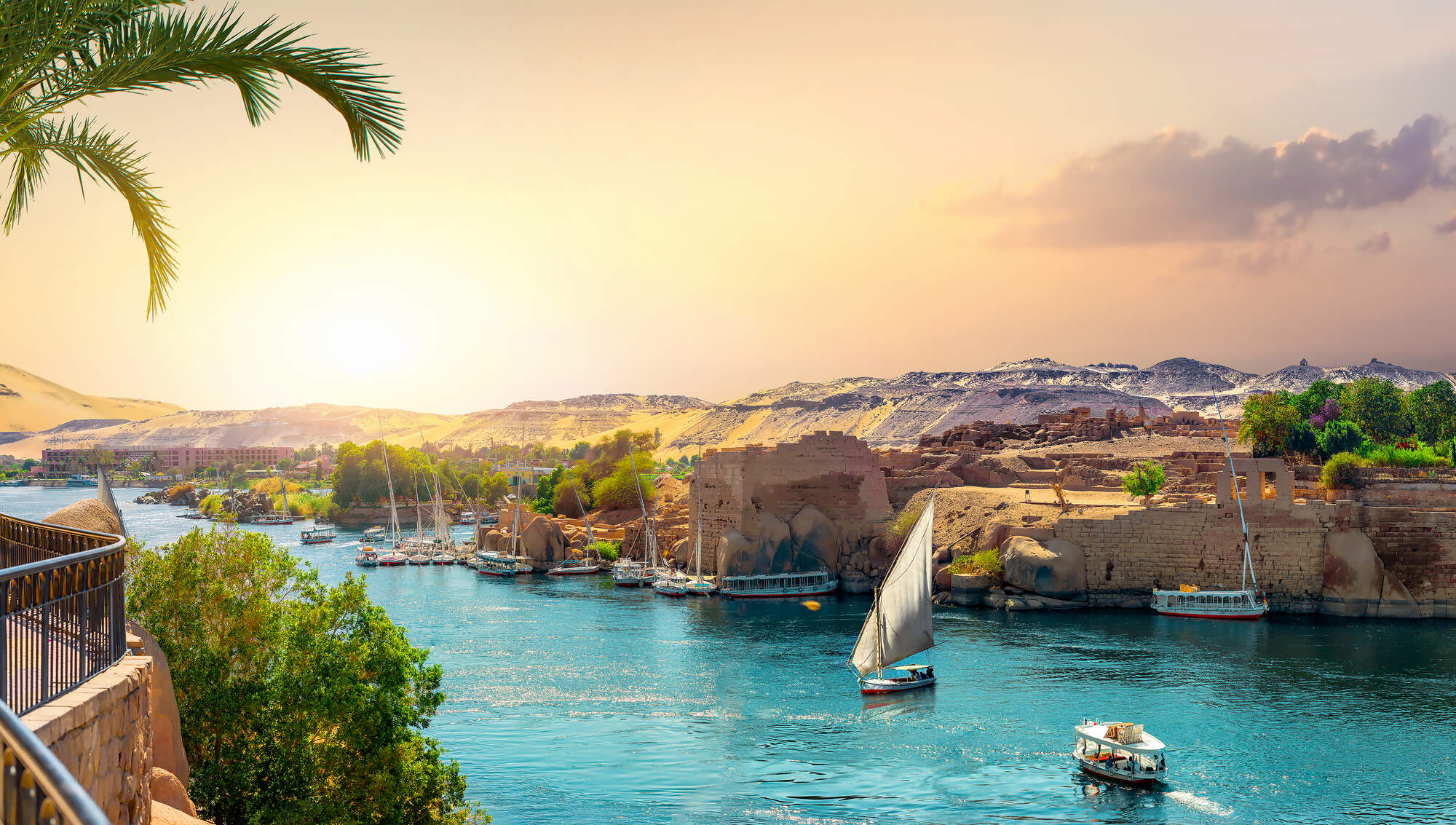
NILE RIVER CRUISE
Cruising the Nile is also the most relaxing way to see the temples that stud the banks of the river on the route between Luxor and Aswan, plus sunrise and sunset over the date-palm-studded riverbanks, backed by sand dunes, is one of Egypt's most tranquil vistas. The two famous sights on a Nile Cruise are the Temple of Kom Ombo and Edfu’s Temple of Horus which are visited during these cruises. Among other stops and sights.
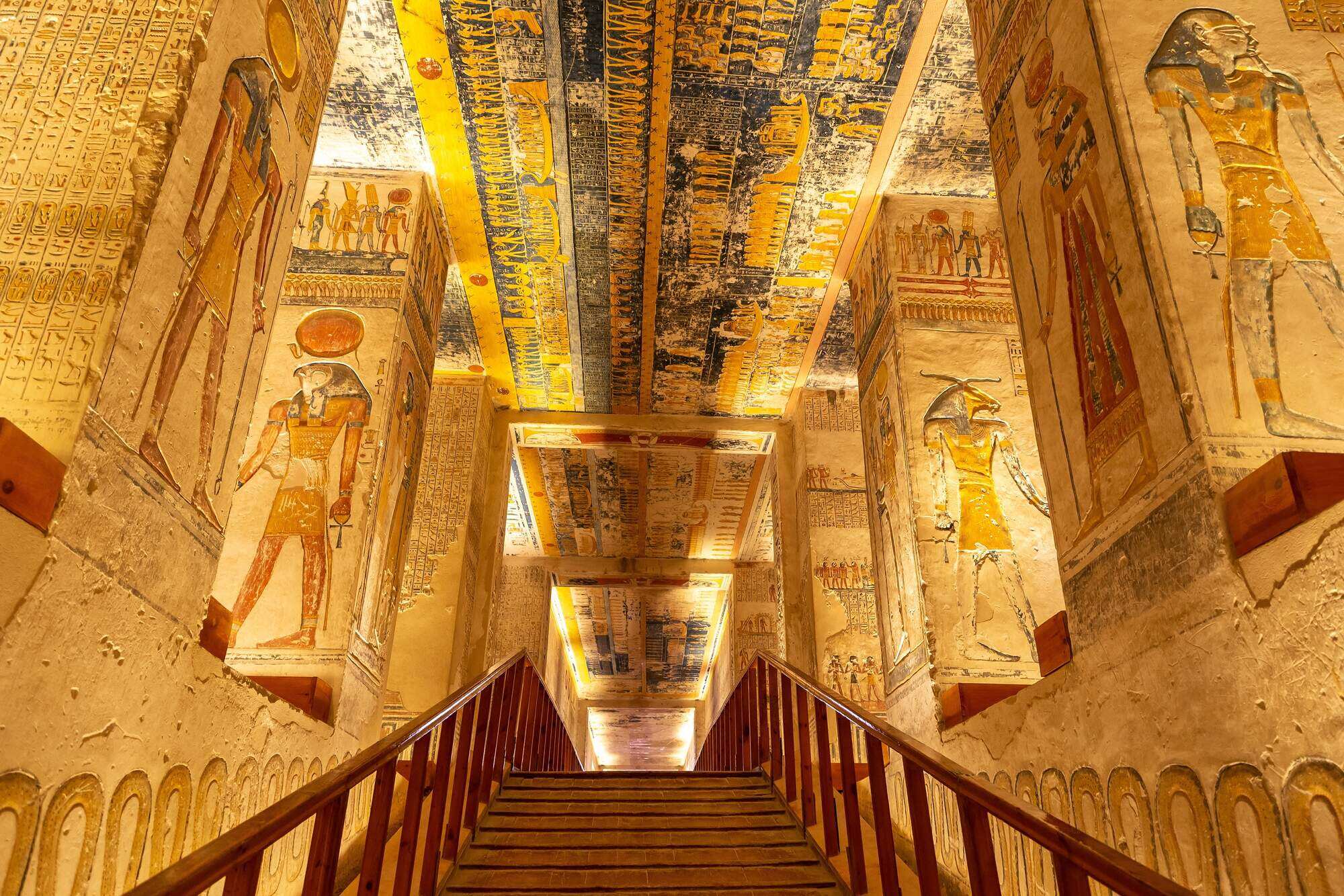
LUXOR, Valley of the Kings
The west bank of Luxor had been the site of royal burials since around 2100 BC, but it was the pharaohs of the New Kingdom period (1550–1069 BC) who chose this isolated valley dominated by the pyramid-shaped mountain peak of Al Qurn (The Horn). Once called the Great Necropolis of Millions of Years of Pharaoh, or the Place of Truth, the Valley of the Kings has 63 magnificent royal tombs.
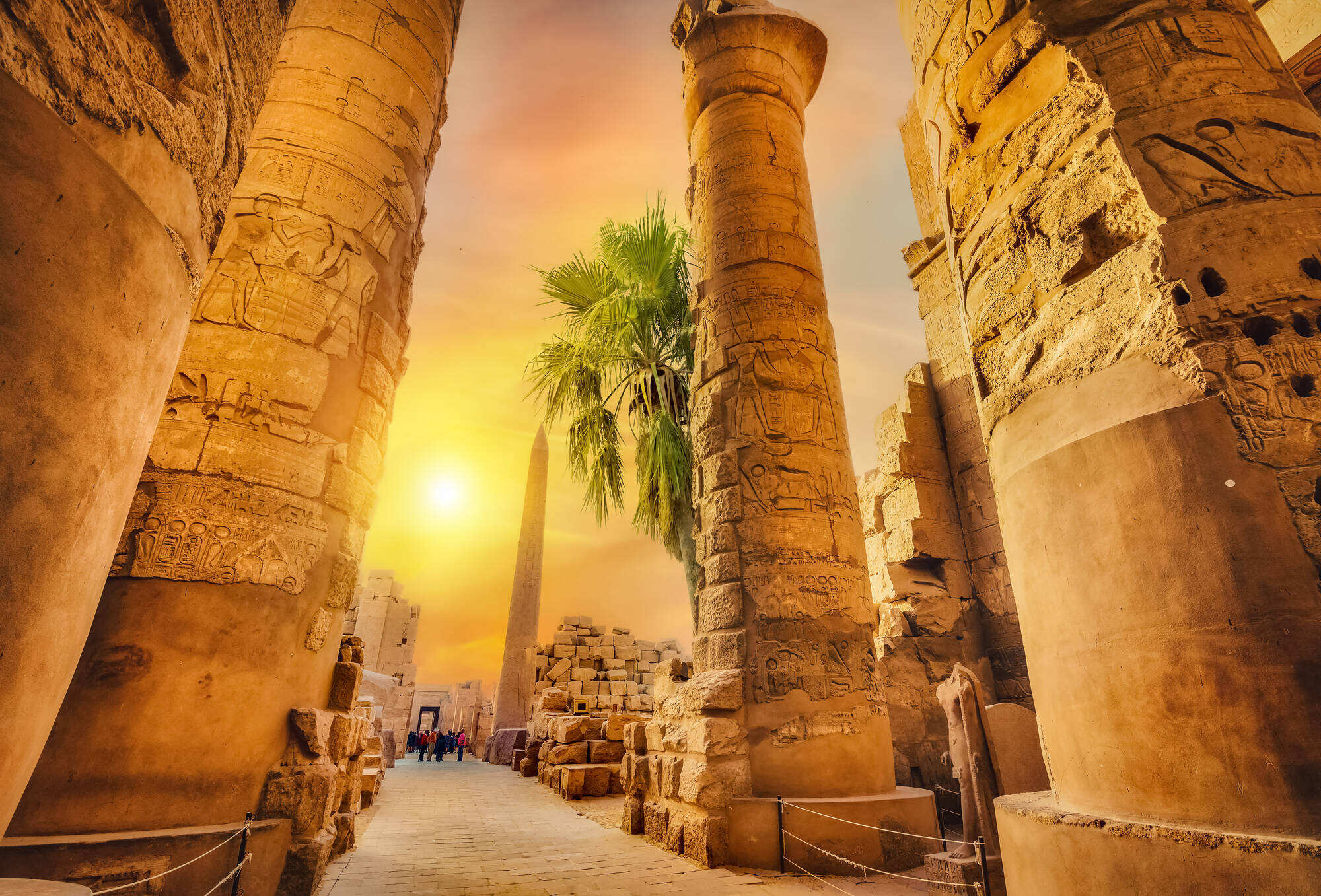
LUXOR, Karnak Temple
Karnak is an extraordinary complex of sanctuaries, kiosks, pylons and obelisks dedicated to the Theban triad but also to the greater glory of pharaohs. The site covers more than 1sq mile; it's large enough to contain about 10 cathedrals. The Temple of Amun-Ra is particularly famous for the vast Hypostyle Hall constructed during the reign of Seti I. After Memphis became the new dynastic capital, many of Luxor’s temples declined in importance. In later centuries, Ptolemaic rulers and Coptic Christians altered parts of the complex for their own uses.
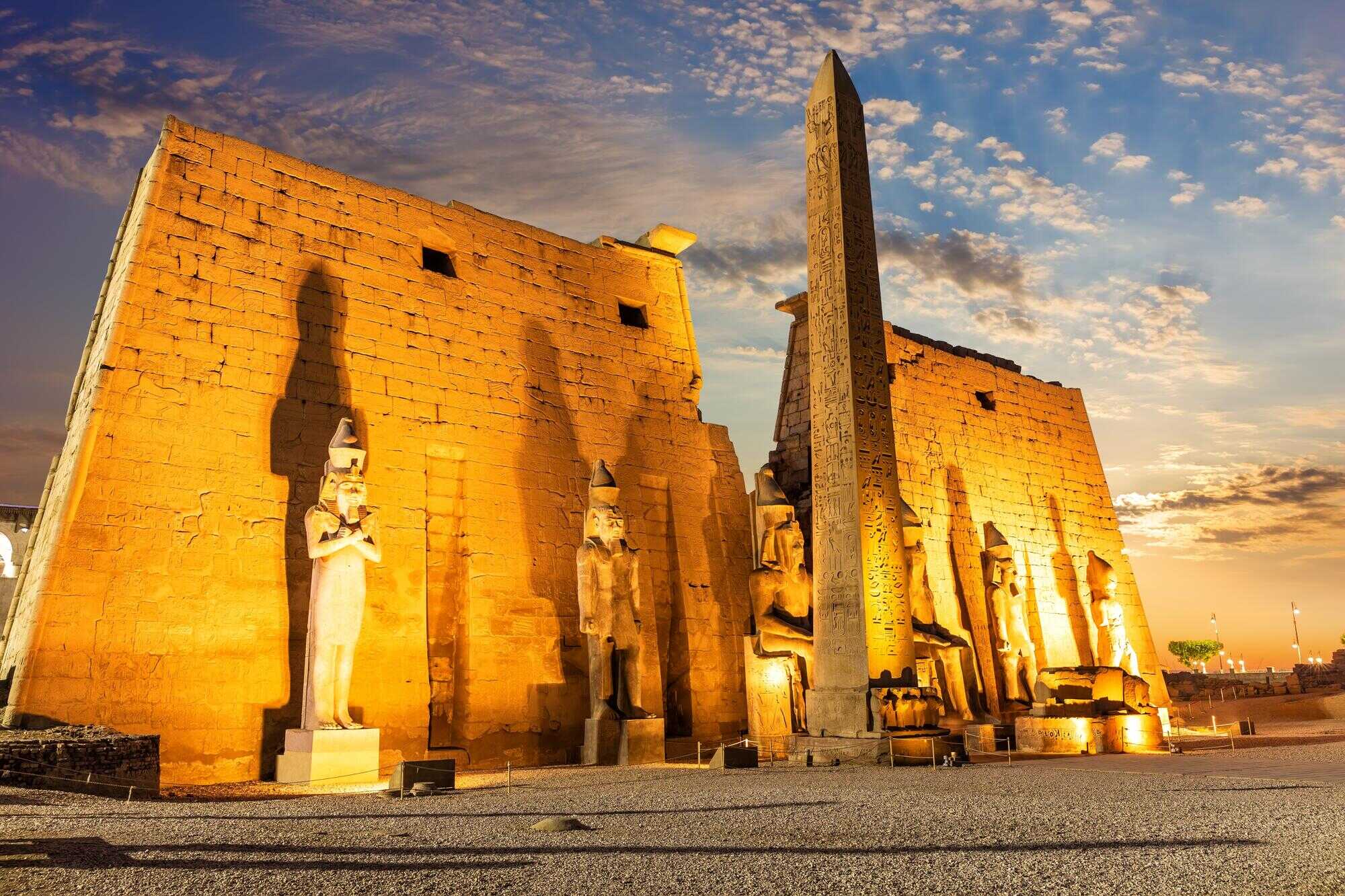
LUXOR TEMPLE
Constructed over hundreds of years by Amenhotep III, Ramses II, Tutankhamun, and other pharaohs, Luxor Temple was the largest and most significant religious center in ancient Egypt.
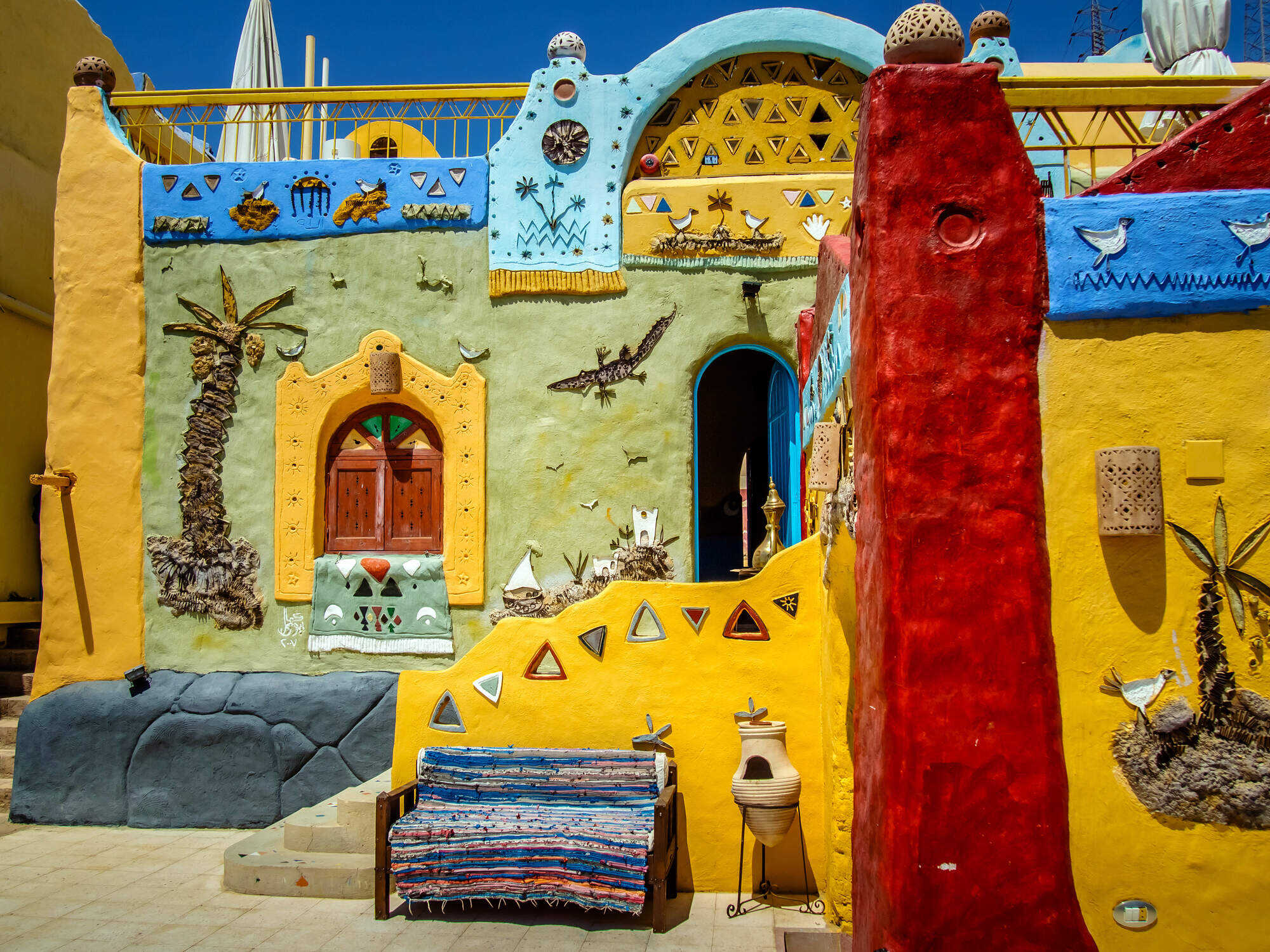
ASWAN
As Egypt's most tranquil towns, Aswan is situated upon the winding shores of the Nile. Backed by orange-hued dunes, this is the perfect place to stop and unwind for a few days and soak up the atmosphere of Upper Egypt. As the starting point or ending point for multi-day Nile cruises, some visitors may want additional time here while others may be satisfied with the sightseeing included on the river cruises. For those not on a river cruise, take the river ferry across to Elephantine Island and stroll the colorful streets of the Nubian villages. Ride a camel to the desert monastery of St. Simeon on the East Bank. Or just drink endless cups of tea on one of the riverboat restaurants, while watching the lateen-sailed feluccas drift past.
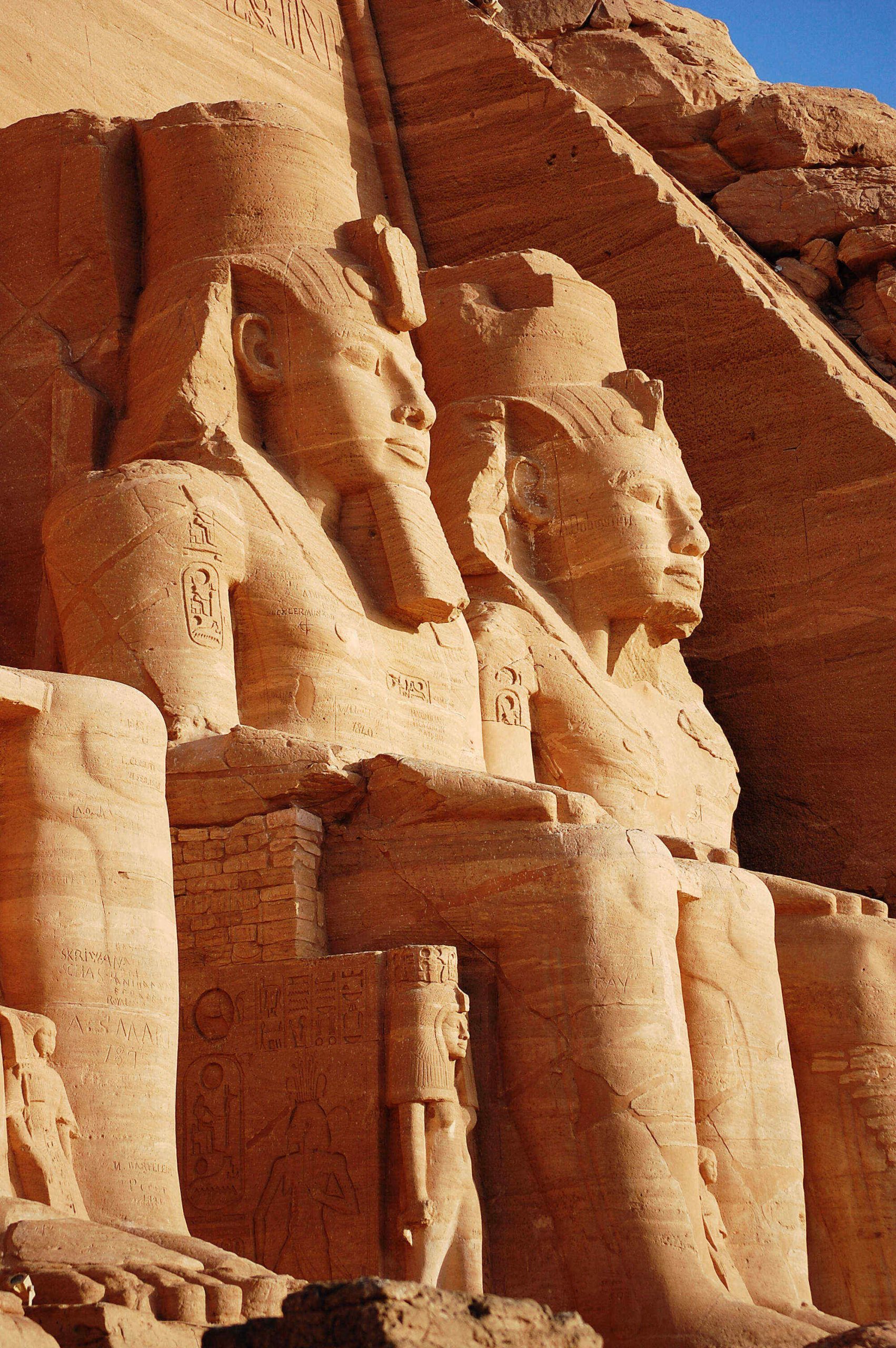
ABU SIMBEL
Even in a country packed with temples, Abu Simbel is something special. This is Ramses II's great temple, adorned with colossal statuary standing guard outside, and with an interior sumptuously decorated with wall paintings. Justly famous for its megalithic proportions, Abu Simbel is also known for the incredible engineering feat carried out by UNESCO in the 1960s, which saw the entire temple moved from its original setting to save it from disappearing under the rising water of the Aswan dam.
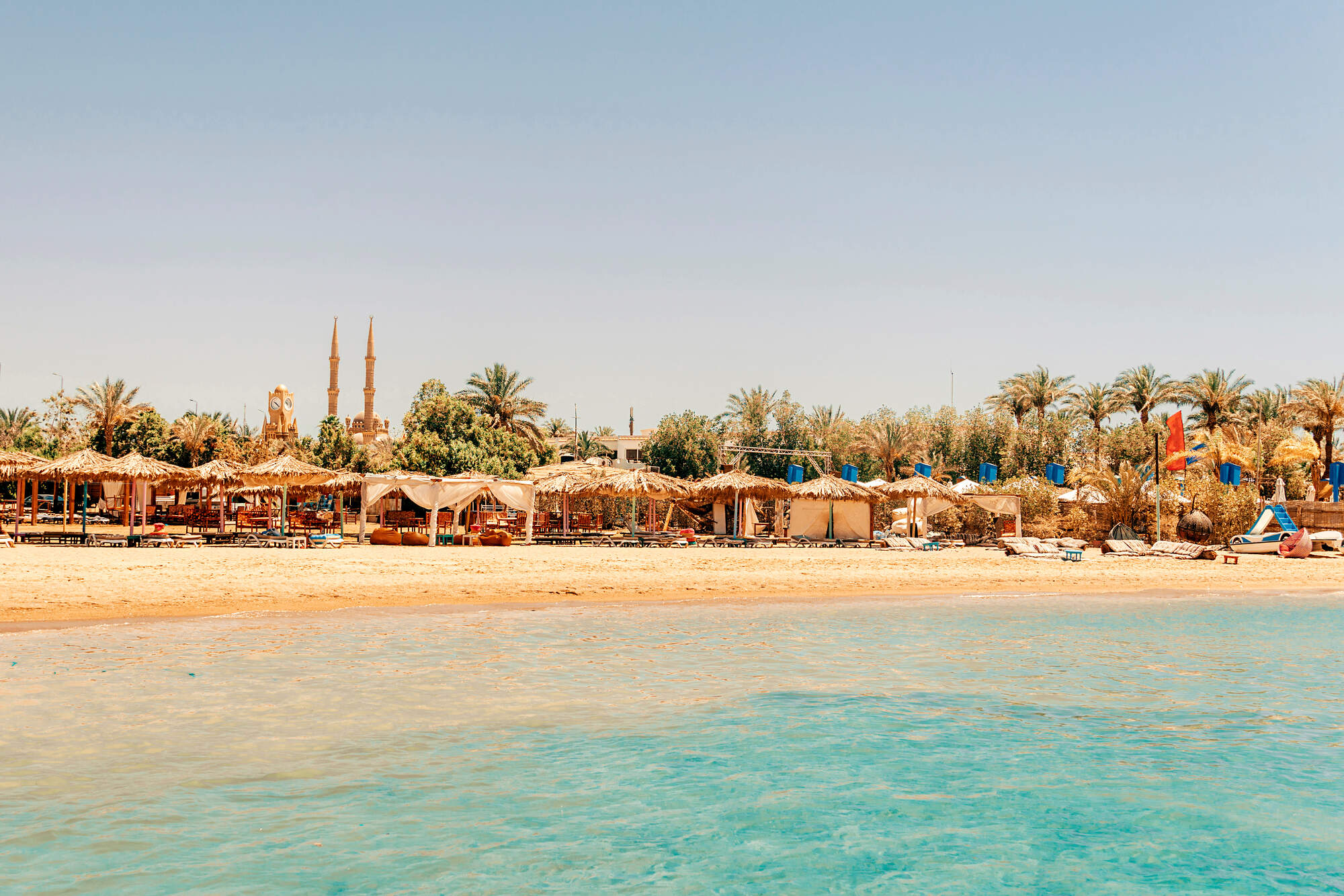
SHARM EL-SHEIKH
Sharm El Sheikh is the main gateway to part of the Sinai Peninsula and Egypt’s southern coast of the Gulf of Aqaba. Located between Tiran Island and Ras Mohammed National Park, this area features some of the world’s most amazing underwater scenery.

RED SEA
The Red Sea is one of the heaviest traveled bodies of water in the world, connecting Asia to Europe via the Suez Canal. The waters are saline and warm, attracting water based activities such as sailing, swimming, scuba and snorkeling. To dive the sites of the Straits of Gubal head to Hurghada or El Gouna on the Red Sea coast, while advanced divers should check out the resort of Marsa Alam, the nearest base for diving Egypt's "deep south" dive sites. As well as fish life and coral, the Red Sea is a major wreck-diving destination. The most famous wreck is the Thistlegorm, a British WWII cargo ship that was on its way to resupply Allied troops when it was bombed by the Germans in 1941. Today the site is regarded by divers as one of the top five wreck dives in the world due to the vast cargo of cars, motorbikes, and WWII memorabilia that can be seen both scattered on the seabed around the wreck and inside the ship itself. Dive boat trips to the wreck are organized from both Sharm el-Sheikh and Hurghada.
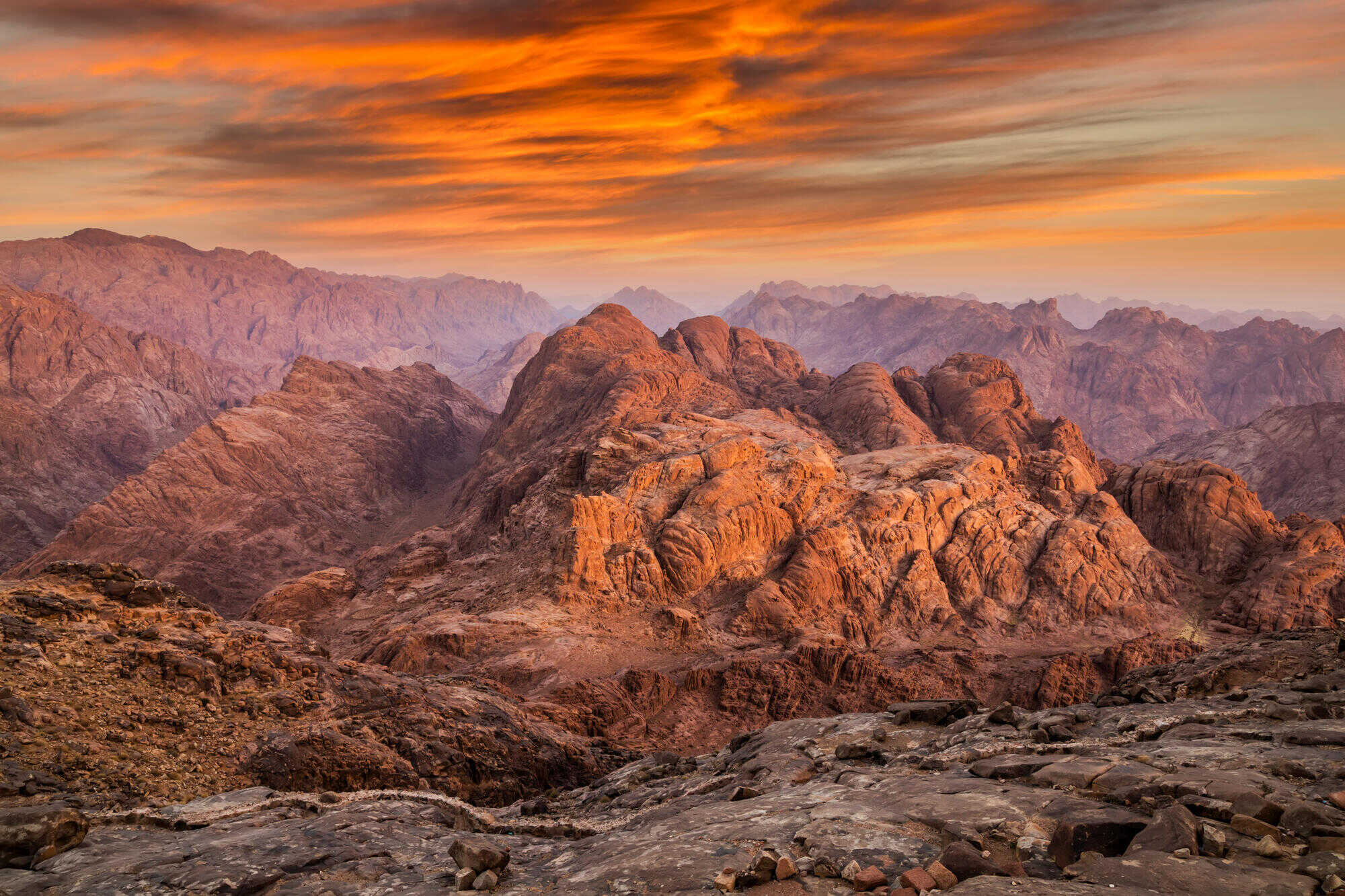
SINAI PENINSULA
Rugged and starkly beautiful, the Sinai Peninsula has managed to capture imaginations throughout the centuries. The region has been coveted for its deep religious significance and its strategic position as a crossroads of empires: prophets and pilgrims, conquerors and exiles have all left their footprints on the sands here. In recent years security fears have rippled through the region, creating a tourism downturn that is only now beginning to pick up again. For those venturing back, the lure of this region is easily explained. As a springboard to the Red Sea's underwater wonders, Sinai’s seaside resorts serve up sun-drenched holiday fun. Head away from the coastal buzz, however, and Sinai’s true soul can be found. Here the Bedouin continue to preserve their traditions amid the red-tinged, ragged peaks and endless never-never of sand. On a star-studded night, surrounded by the monstrous silhouettes of mountains, travelers realize why the Sinai continues to cast a spell over all who visit.
sign up for our
Newsletter
Stay current with all the latest being offered from ATJ, as
well as updates on Asia Destinations.























